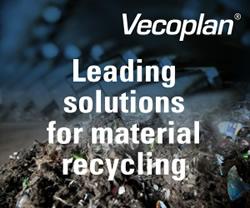The Eiffel Tower now generates its own power with new wind turbines
France's most recognisable landmark, the iron Eiffel Tower erected in 1889, has seen its iconic frame festooned with many different decorations and objects over the years for various celebrations. Its latest addition is a little more subtle -- and maybe a little more in keeping with the tower's original purpose as a monument to human ingenuity and artistry.
As part of a major renovation and upgrade to the tower's first floor, the Société d'Exploitation de la Tour Eiffel will be adding a variety of sustainability features -- the first of which is a pair of VisionAIR5 wind turbines designed by renewable energy specialist Urban Green Energy.
The two vertical-axis turbines have been installed on the tower's second level, about 122 metres (400ft) from the ground -- a position that maximises wind capture. The turbines have been specially painted so as to blend in with the tower, and produce virtually no sound. They can also capture wind from any direction, producing, between them, a total of 10,000kWh per year -- enough to power the tower's first floor.
Comments (0)
This post does not have any comments. Be the first to leave a comment below.
Featured Product

Vecoplan - Planning and implementation of complete processing plants in refuse derived fuel production
In order to reduce the costs involved in the energy-intensive production of cement, many manufacturers are turning to refuse-derived fuels (RDF), considerably reducing the proportion of expensive primary fuels they would normally use. Solid fuels are being increasingly used - these might be used tyres, waste wood or mixtures of plastics, paper, composite materials and textiles. Vecoplan provides operators of cement plants with proven and robust components for conveying the material and separating iron and impurities, efficient receiving stations, storage systems and, of course, efficient shredders for an output in various qualities.
